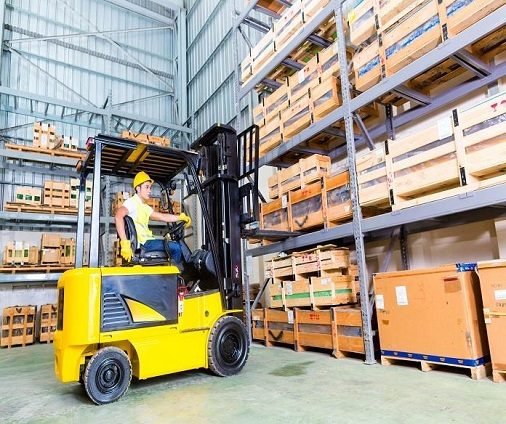
Forklift Use in the Workplace
Canada is a country that prides itself on business growth and development. Thousands of businesses are started every year, providing products, services, and jobs to Canadians from coast to coast. According to the Government of Canada, in 2013 there were 1,107,540 registered businesses throughout the country! With business growth comes industry growth, as companies vie for the attention of consumers to have their products and services purchased and utilized in professional and personal capacities. Starting and developing a business can be an exciting time, but there are key issues that must be addressed; one of the most important being workplace safety training for heavy machinery.
Heavy machinery is utilized in sectors across the board, causing a business to be required to provide appropriate safety training as set forth by the Ministry of Labour. One of the most used heavy machines available to the public is forklifts, because of their versatility. Forklifts are utilized across different industries every day to help employees lift and move products safely and efficiently. The forklift was developed in 1906, and has undergone incredible transformations over the years, as workers have improved upon the machine to further its use across sectors.
Despite the evolution of forklift design and technology, however, accidents continue to occur. Two of the main culprits that play a role in the improper use of this machine; are a lack of training, and a poorly designed workspace.
Lack of Training
The Ministry of Labour requires that all people who use a forklift have the appropriate training. Understanding how the machine operates, the weight that it is designed to handle, and how it must be repaired, are critical in understanding how to safely utilize the equipment. Accidents occur when team members do not respect the equipment or use it for tasks that it was not designed for, which comes from a lack of education and training.
Workplace Design
Forklifts are used in a variety of industries, including construction, logistics, product development, and retail. For a forklift operator to utilize the machine safely, they should not have to compete with poor workplace design. Narrow aisles, high foot traffic, excessive noise, improper stocking methods, and too heavy of loads contribute to the hazardous use of this machine. Warehouses are, therefore, developing better workspaces to help forklift operators maneuver this heavy machinery, to further reduce injury and stress.
Forklifts are an essential tool for thousands of business across Canada, and are gaining in popularity because of their ability to move large quantities of product, quickly and effectively. In order for forklifts to continue to be used in workplaces, proper training needs to be a top priority. Business success rests on the well-being of employees, so companies need to start focusing on creating a workplace that is safe, well-organized and fully-functional, to ensure that employees can complete their roles correctly and safely.
If your team members require additional forklift training, visit our website to sign-up for one of our courses today.
Recent Blogs
- What is a Respirator Mask Fit Test?
- Propane: The Cleaner Alternative Fuel
- What Can I Expect From a Respirator Mask Fit Test?
- Top 5 Mistakes Employers Make When It Comes to Forklift Training (and How to Avoid Them)
- Order Picker
- Air Quality a Main Reason for Respirator Mask Fit Testing
- National Day of Mourning
- Aerial Lift Safety
- Why Forklift Certification in Ontario is Non-Negotiable for Your Business in 2025
- Why Onsite Safety Training Is Popular
- Forklift Safety Training
- Propane Safety Awareness Tips
- Electric or Propane Counterbalance
- 5 Steps for Ensuring Safety in the Workplace
- Respirator Mask Fit Testing FAQ’s

